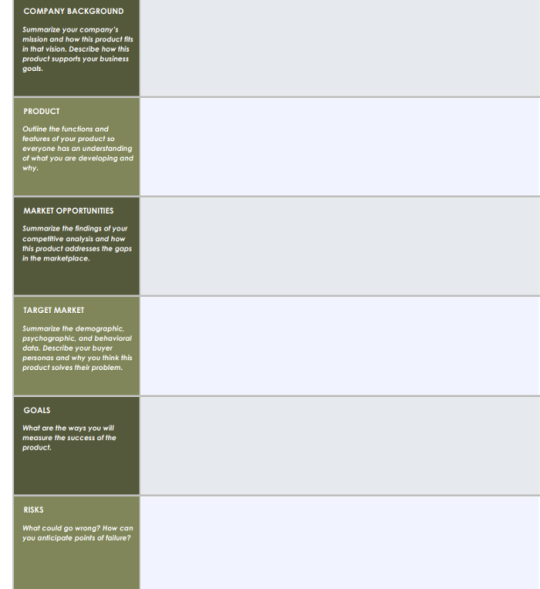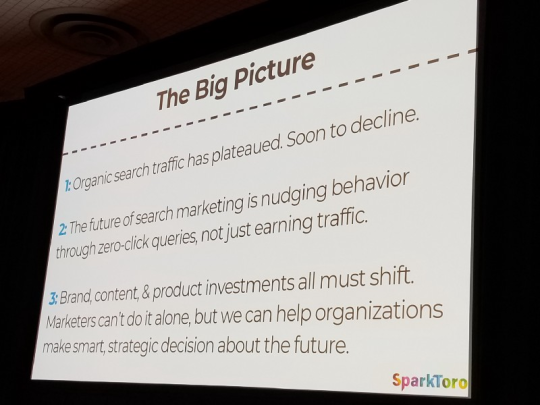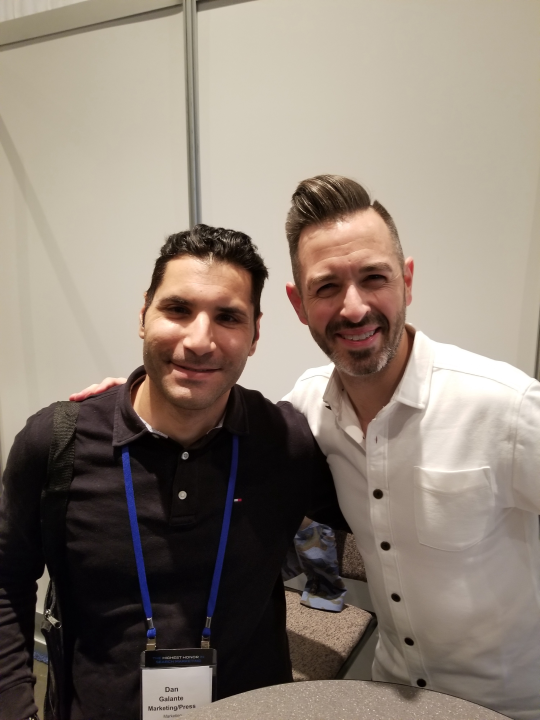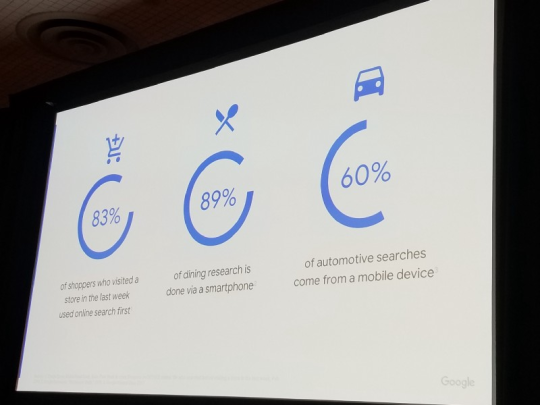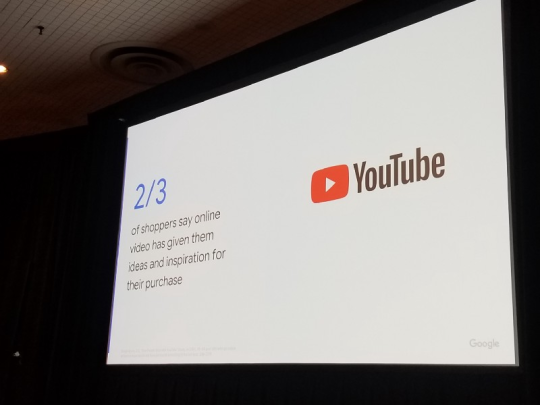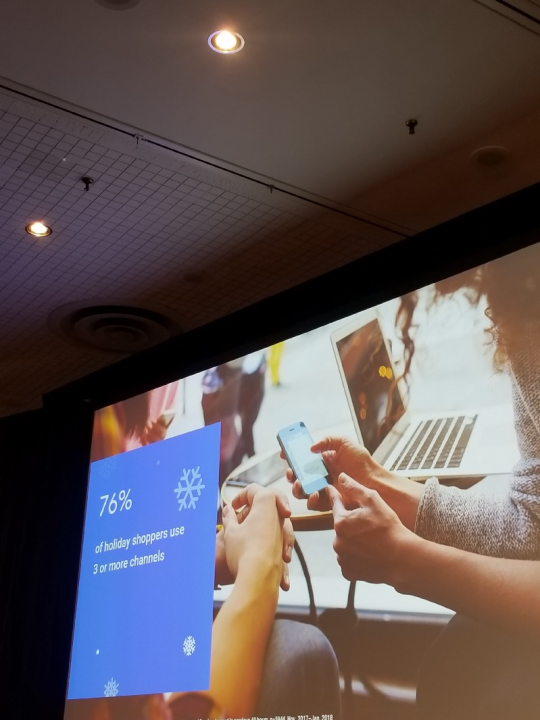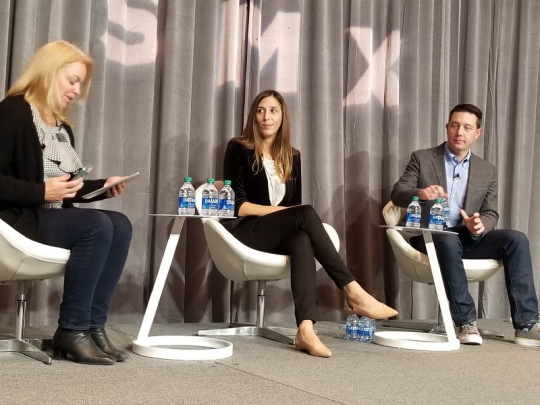How Buyers Buy EdTech & Tech Products
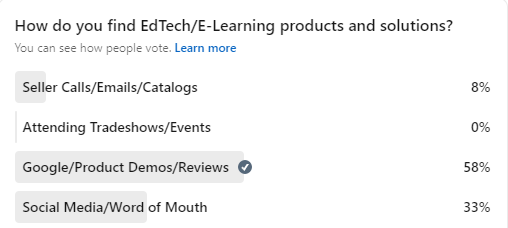
I asked my audience how they find Education Technology products and solutions. According to a survey I conducted on LinkedIn, 58% used google, viewed product demos, and read reviews. Next was Social Media and word of mouth at 33%. This suggests that the education technology buying cycles are customer-centric. A great product demo is only as good as product reviews, word of mouth, and the customer experience for established brands. Only 8 % found products from seller-centric activities such as seller calls emails and catalogs. Customers are educating themselves and seeking out sellers at the end of the buying process, not the beginning.
When marketing and selling an EdTech or tech product or service, it is important to ask two questions to understand your buyers.
1. What motivates people to buy your tech product or service?
2. How do people find a tech product or service to buy?
How it breaks down for technology in general.
1. What motivates people to buy a tech product or service?
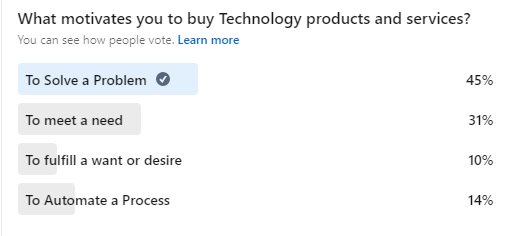
People buy a technology product or service for many reasons.
2. How do people find a tech product or service to buy?
People find and buy technology products or services in different ways.

These findings suggest businesses need to create customer-centric offerings to survive in a competitive marketplace.
Answering these questions will help businesses develop, create and, position offerings people want to purchase.
What motivates customers to buy your education technology products and services?
How do your customers find education technology products and services?
Share your thoughts in the comments.

